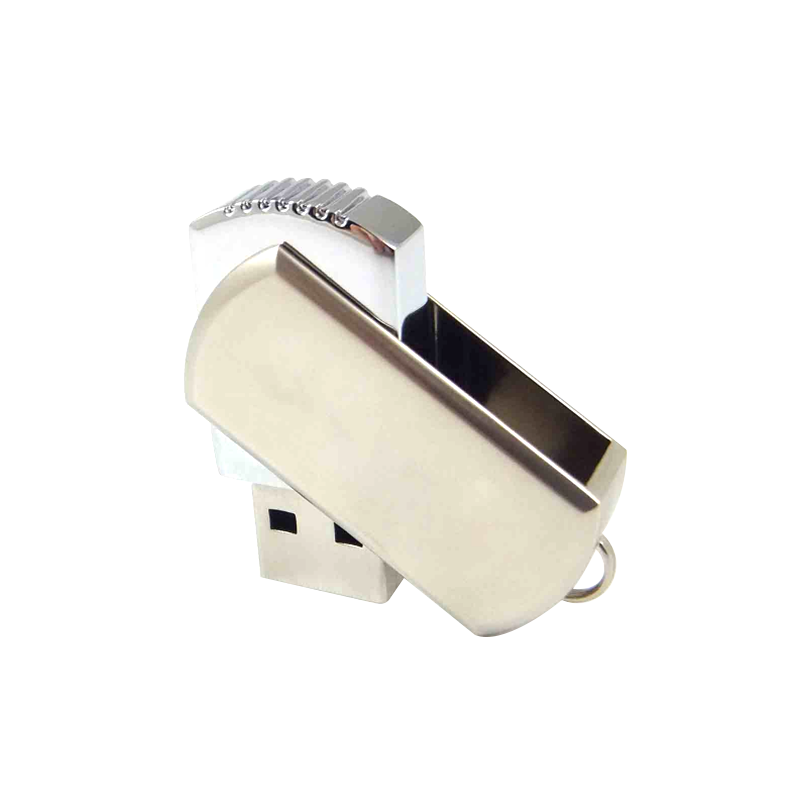Traditionally, SSD prices have been higher than conventional hard drives. These prices have decreased over the past few years, however, due to the expansion of chip capacity and improved manufacturing technology. Companies have transitioned to NVMe storage, which is significantly faster and more economical.
SSDs store data on non-volatile flash memory, and they offer faster access and file transfer times than conventional hard drives. They are also shock resistant, and they have a reduced chance of data loss if mobile devices are dropped. They can be used to speed up file-transfer times on laptops and desktop PCs, and to enhance the performance of IT infrastructures. They also improve battery life in mobile devices.
There are several types of SSDs, each with a different form factor and speed. A 2.5-inch SSD is designed to connect directly to the motherboard of a computer system. It will usually have a SATA data connector and a SATA power connector. This makes it possible for the drive to be installed without powering down the storage.
The SATA SSD interface uses NAND flash memory to communicate. It is generally used in business laptops and desktops. It has speeds up to 6GBit/s, and it can transfer 600MB of data per second. It can also be used in a SATA express interface, which has PCI Express lanes. It is a faster interface.
The SSD form factor determines how many SSDs can fit in one chassis. It is also an important factor in choosing a replacement SSD for a system. Some drives are engineered to tune while in operation, and this increases their speed. It is also important to consider the lifespan of the data-cells. As they wear out, the capacity of the SSD will drop. Some SSDs may also have overprovisioning, which means they are written to a wider range of cells. This strategy helps reduce wear on the array, but it can also result in slight variances between the published capacities of drives in the same rough class.
The SSD's firmware determines how the drive operates. Firmware is typically stored in non-volatile memory, and it is updated through the manufacturer's website or support section. Firmware is typically tied to a specific controller model. If the firmware is not up-to-date, the drive may not perform as expected. Firmware can also bring additional memory online as cells die. The firmware can also be updated across multiple manufacturers' drives.
There are three types of NAND flash that SSD manufacturers use to build SSDs. These include 3-level cell, triple-level cell, and multi-level cell. The price, capacity, and life span of each type of NAND flash can vary. There are also lower-end NAND flash options, including 3D NAND and lower-cost alternatives. These lower-end NAND flash options have helped to accelerate market growth.
The SATA SSD interface is the most commonly used interface in the industry. It is also used in enterprise servers. These servers need fast writes and reads to serve client PCs. They also need to be able to process large amounts of data.

 EN
EN CN
CN ES
ES RU
RU








